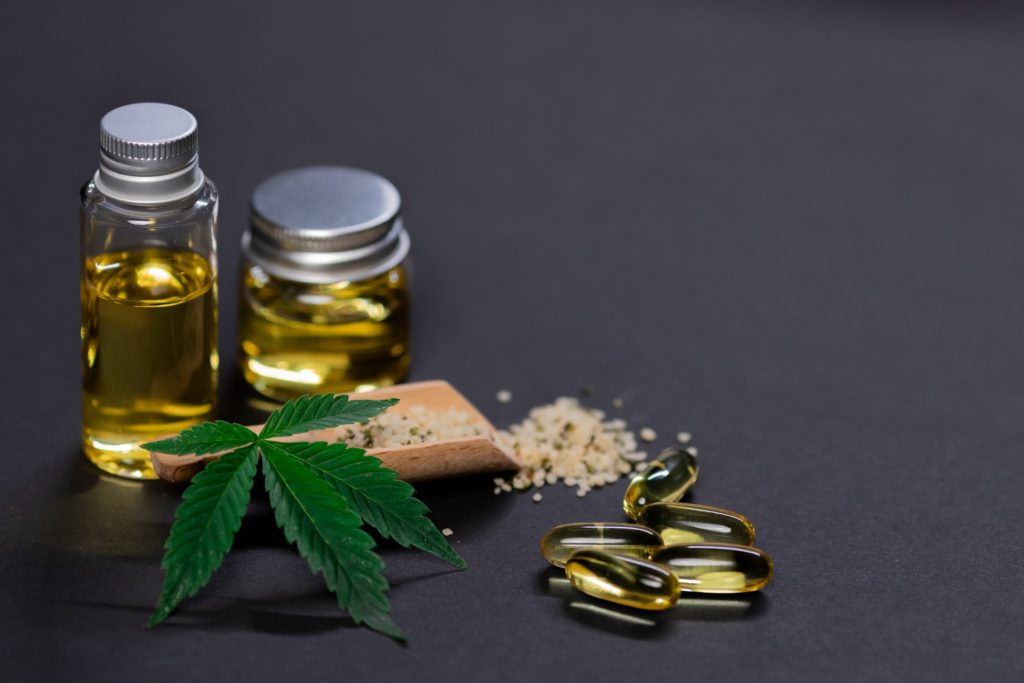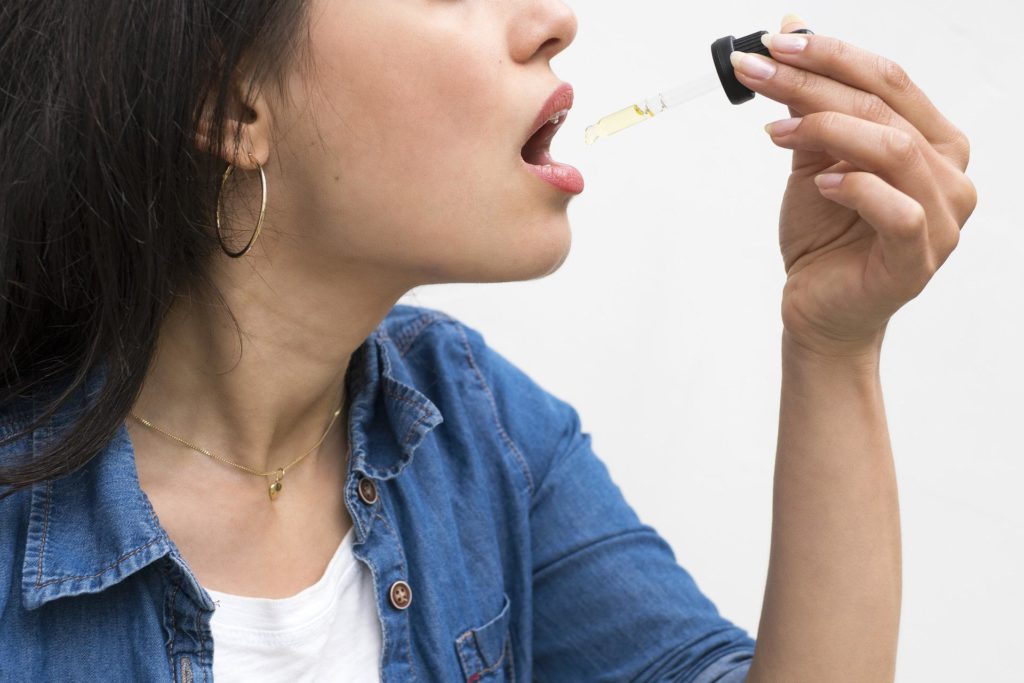CBD has taken over the world in the past few years, and if you love its effects, you might have wondered how they occur in your body. To understand that, you first need to know how the endocannabinoid system and CBD interact.
That is what we will discuss in this article. We will explore this newly found biological system that keeps your body balanced and helps you reap the benefits of the all-natural CBD. So keep reading.
The Discovery and Progress of the Endocannabinoid System
Humans have been using cannabis for thousands of years for different purposes. However, the endocannabinoid system (ECS) was not discovered until the 1990s. At that time, an Israeli scientist studying the various compounds of cannabis and their effects on the human body identified this vital biological system.
Now researchers everywhere are analyzing the association between the endocannabinoid system and CBD to use it in battling different health problems.
What Does the Endocannabinoid System Do?
Not much is known about the ECS, but studies mention it as a complex biochemical communication system in all animals. It creates balance or homeostasis in the body by regulating upwards of 15 functions. Some of these functions are:
- Mood
- Stress
- Fertility
- Appetite
- Digestion
- Metabolism
- Bone growth
- Reproduction
- Muscle formation
- Immune responses
- Learning and memory
So how do the endocannabinoid system and CBD connect? How can the different types of CBD products help you find relief? To answer these questions, we first have to look at the components of the ECS.
What is the Endocannabinoid System Made of?
Cannabinoids
Cannabinoids are chemical substances that interact with receptors throughout the endocannabinoid system. Their two main types include:
- Endocannabinoids
These are the natural cannabinoids your body makes. The two major endocannabinoids are anandamide and 2-Arachidonoylglycerol (2-AG). They both have a high affinity for cannabinoid receptors and are regulators in the nervous system.
- Phytocannabinoids
These are cannabinoids that come from plants like cannabis and hemp flower. There are over 100 identified phytocannabinoids. CBD and THC are just two of them. Once THC and CBD are in the body, they interact with the ECS receptors more or less in the same way your endocannabinoids do.
Endocannabinoid Receptors
These receptors exist on cell membranes throughout the body and interact with the endo and phytocannabinoids. Through them, the endocannabinoid system and CBD interact directly or indirectly to induce their effects.
The two primary cannabinoid receptors are:
- CB1 Receptors
Present in high levels in the central nervous system, including the brain and spinal cord.
- CB2 Receptors
More limited distribution and present in the peripheral nervous system and immune cells.
Once the cannabinoids bind to these receptors, they signal the ECS for the regulation of different functions. The functions they balance will vary depending on which receptors are affected in which cell and organ.
Enzymes
What the endocannabinoid system does also depends on metabolic enzymes that break the cannabinoids down once they are used.
Two of the enzymes that make the interaction between the endocannabinoid system and CBD possible are:
- Monoacylglycerol Acid Lipase (MAGL): Responsible for breaking down 2-AG
- Fatty Acid Amide Hydrolase (FAAH): Responsible for breaking down anandamide
Different Components of ECS Coming Together
True magic happens when the three parts of the endocannabinoid system come together. Receptors act as locks, and cannabinoids act as keys. Just like a regular lock and key, only a particular cannabinoid can bind to each receptor in an organ. Once it does, it is broken down by its respective enzymes to set off a signaling pathway. Then it sends a message to the brain for the regulation of the specific bodily function.
Endocannabinoid System and Hemp

What the endocannabinoid system does differs based on which cannabinoid binds to it. Each phytocannabinoid of the hemp plant reacts differently with the ECS and affects a set of particular functions. Let’s explore how two of hemp’s most important cannabinoids interact with the ECS.
Endocannabinoid System and CBD
CBD or cannabidiol is a non-psychoactive cannabinoid in cannabis that acts differently than your natural cannabinoids. Studies suggest that CBD interacts with the endocannabinoids and affects several receptors instead of binding directly to one receptor. It increases the levels of anandamide by preventing FAAH from breaking it down. This way, it compensates for endocannabinoid deficiency.
Others hypothesize that CBD binds to a receptor that is yet to be discovered. Another fascinating way the endocannabinoid system and CBD interact is by changing the shape of a receptor that weakens THC’s attachment ability. However CBD works in the body, it’s proving beneficial for many aspects of our health without having dangerous side effects.
Endocannabinoid System and THC
THC or tetrahydrocannabinol is another significant phytocannabinoid of cannabis. This cannabinoid, however, is psychoactive, and too much of it can create a euphoric effect on the user. Unlike the endocannabinoid system and CBD, ECS and THC interact more directly. THC binds to the CB1 and CB2 receptors in your central and peripheral nervous systems. However, it’s not broken down as quickly as your endocannabinoids, so its effects last longer. THC has also been shown to improve several bodily functions in moderate amounts.
Give Your Endocannabinoid System a Hand With CBD
We cannot overlook the connection between the endocannabinoid system and CBD. There is still so much we don’t know about the ECS, but with more research, we can see it becoming a solution to many health conditions.
Until then, knowing what the endocannabinoid system does in your body, you can safely use CBD to give it a hand. Add the phytocannabinoids to your daily routine and see the shift in your life.
For premium quality cannabis-derived products, visit our shop. We have a huge inventory of CBD and Delta 8 gummies, tinctures, vapes, and more, all with certificates of analysis and hemp’s most promising compounds. Order now to experience the impressive effects of CBD in your body. Don’t hesitate to contact our friendly staff if you have any questions. Visit our blog for more interesting reads on the endocannabinoid system and CBD.

Pingback: John Ozark
Great info
Pingback: ozark micards